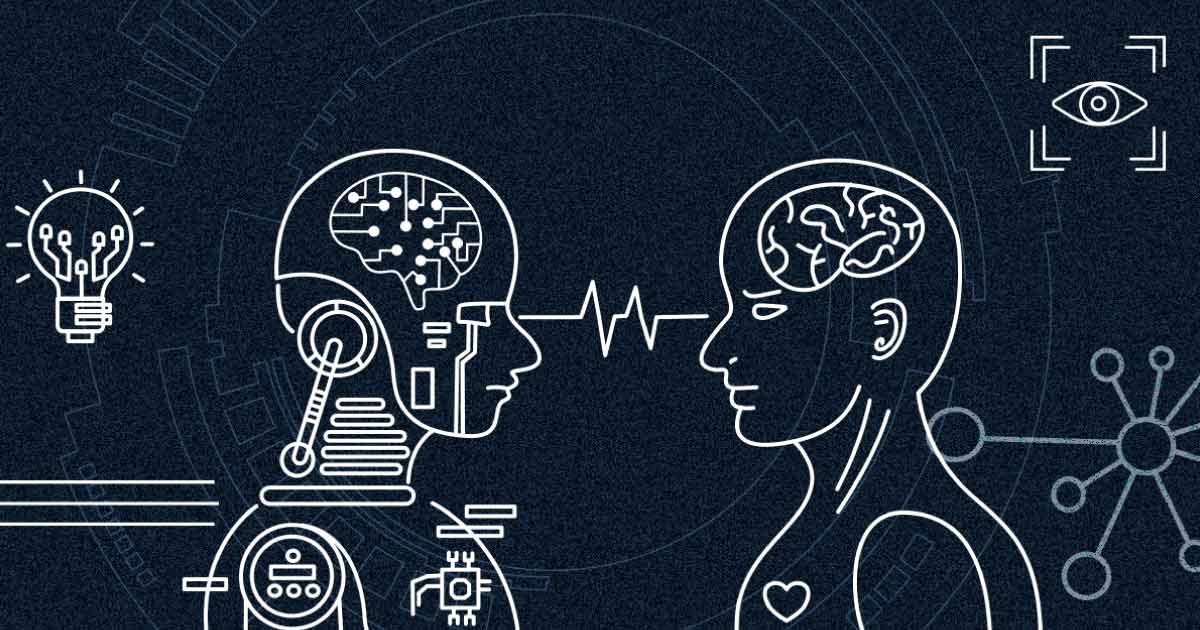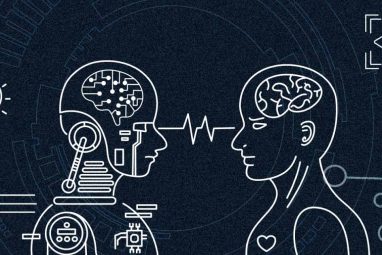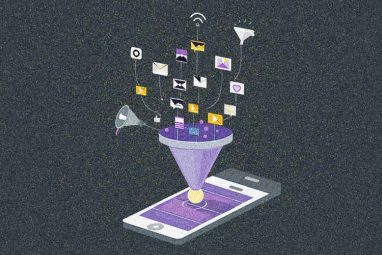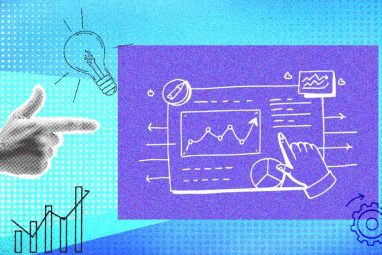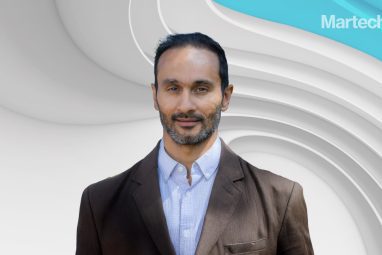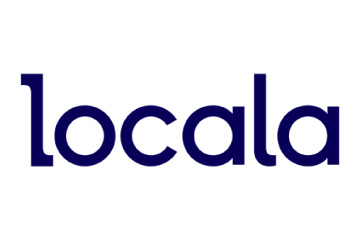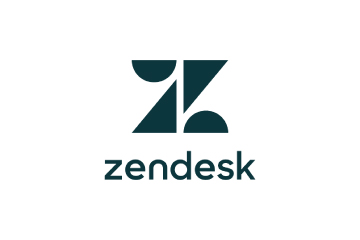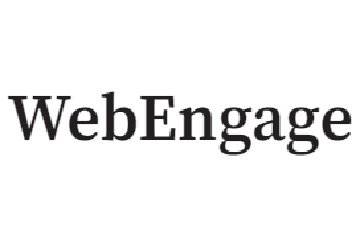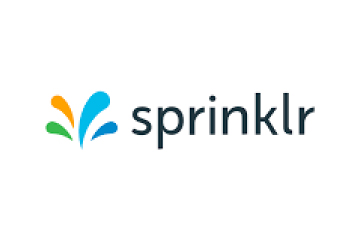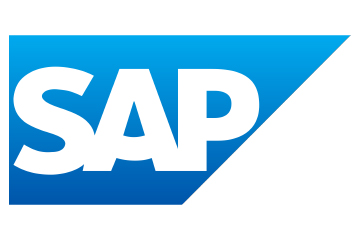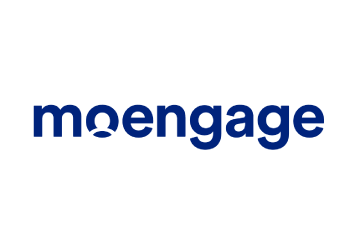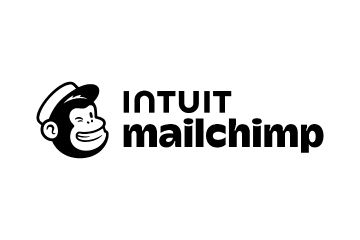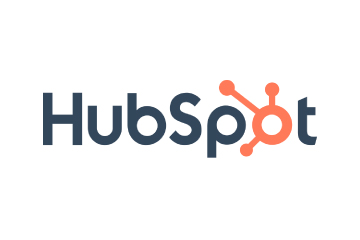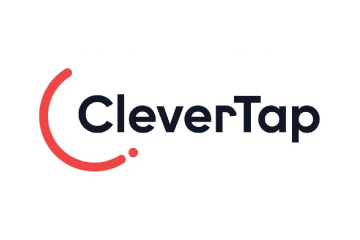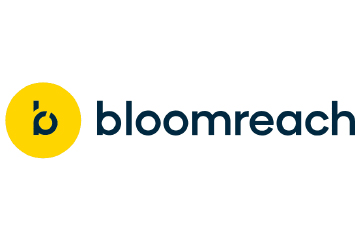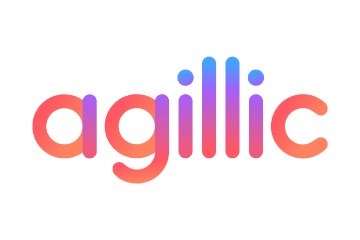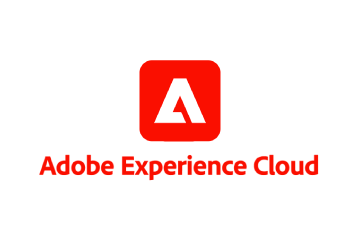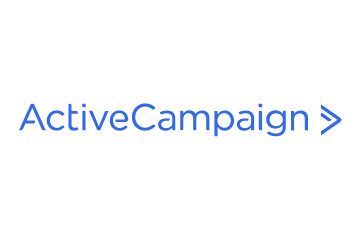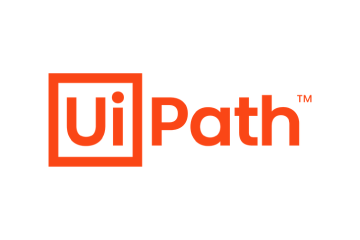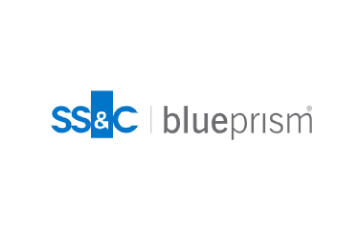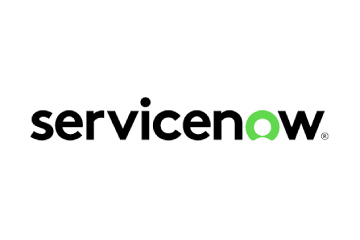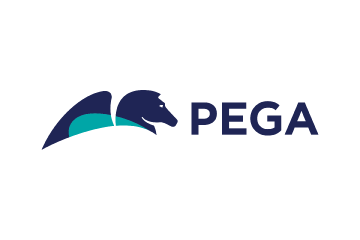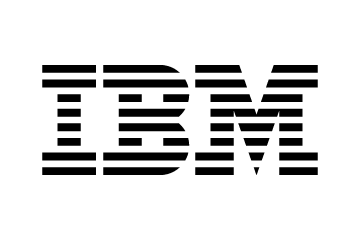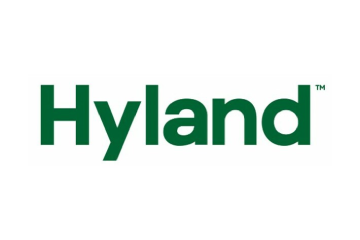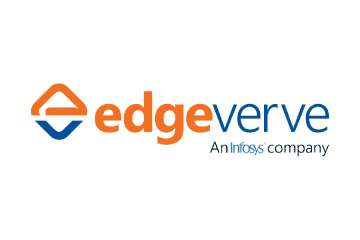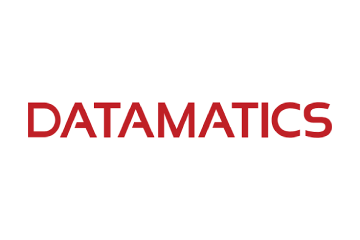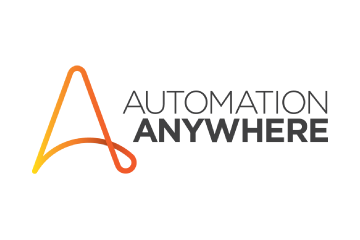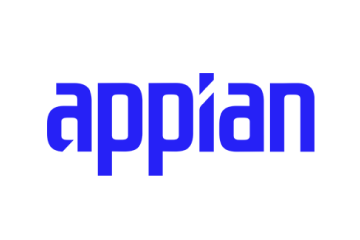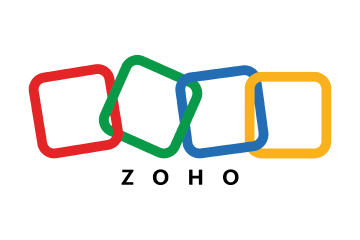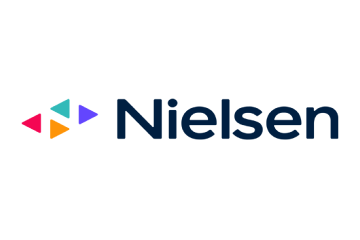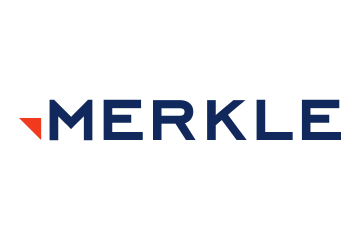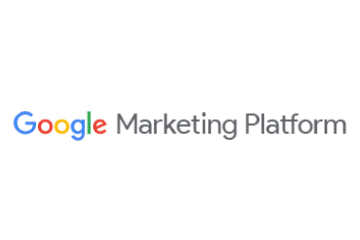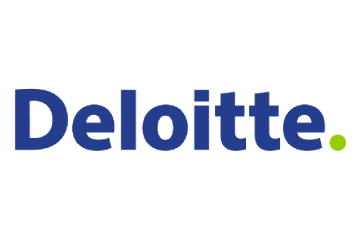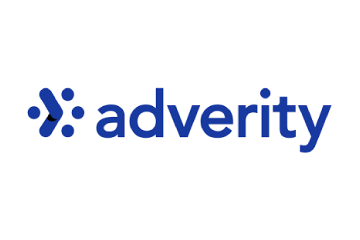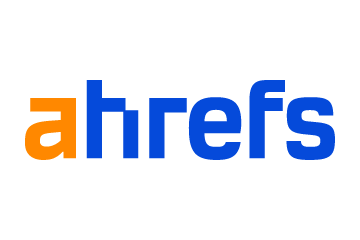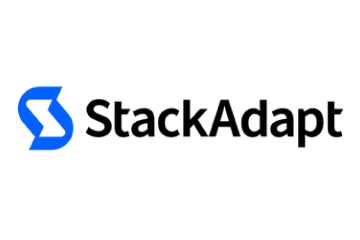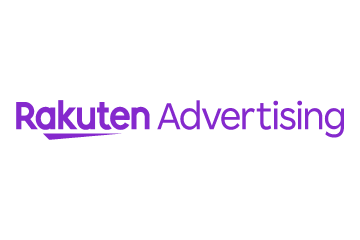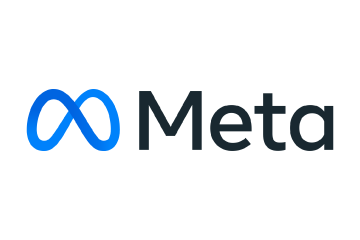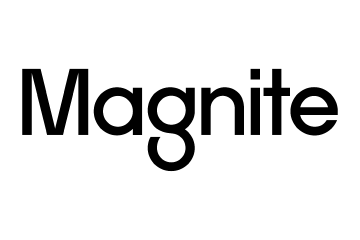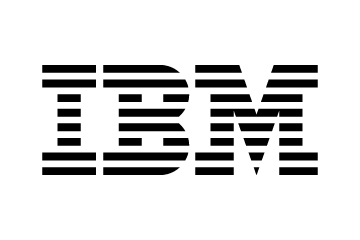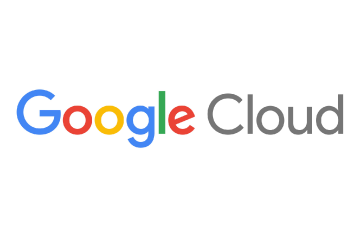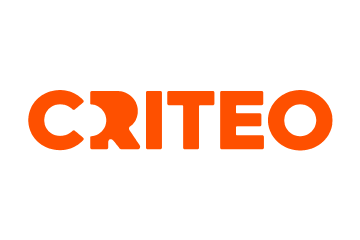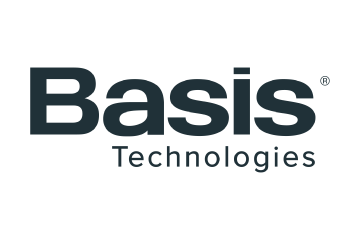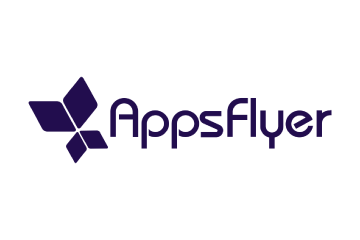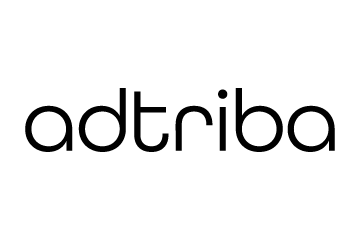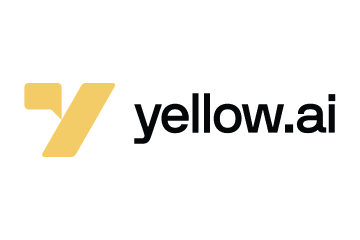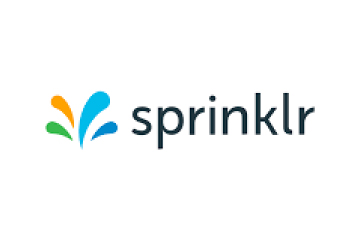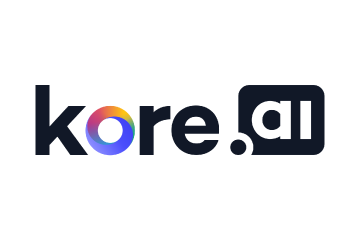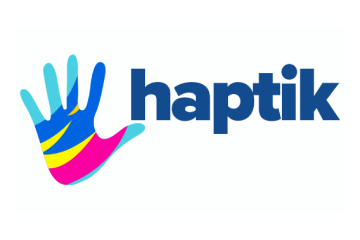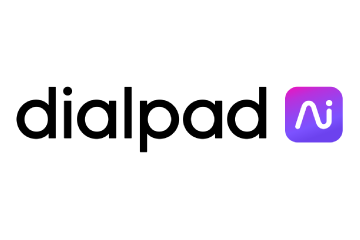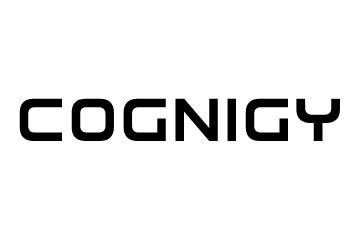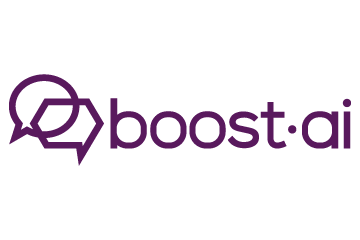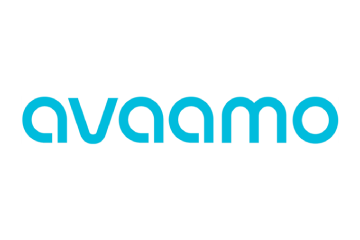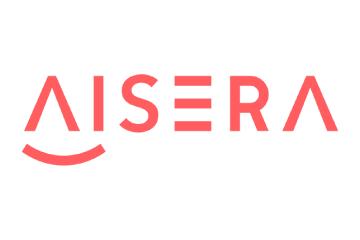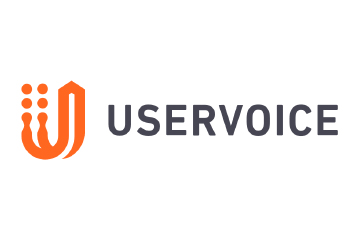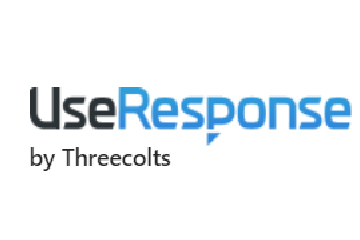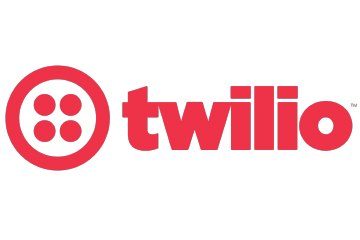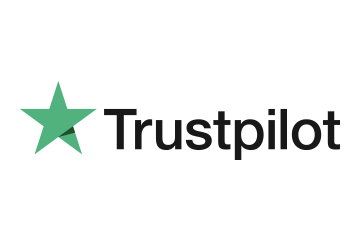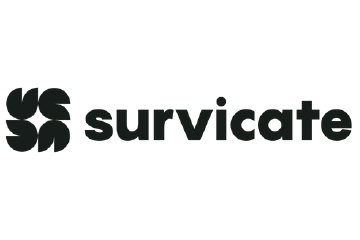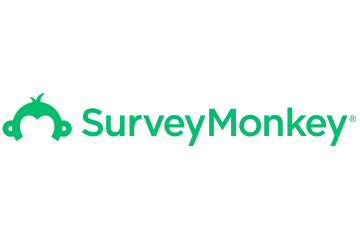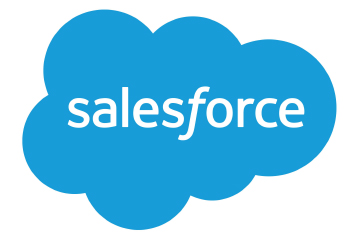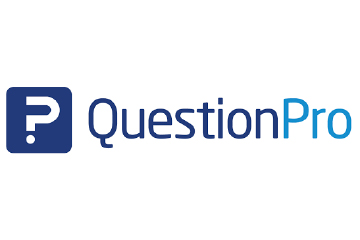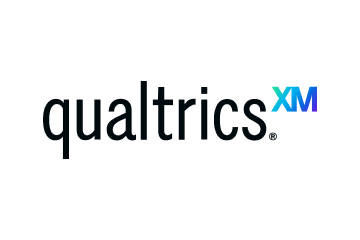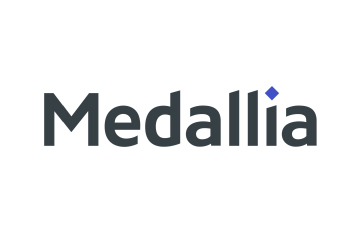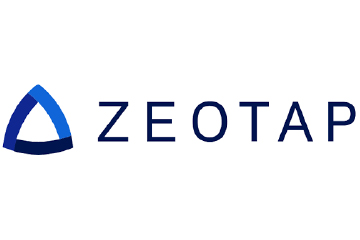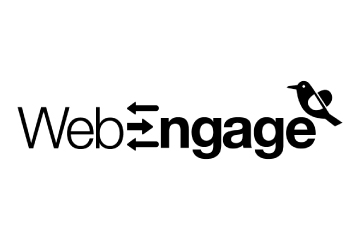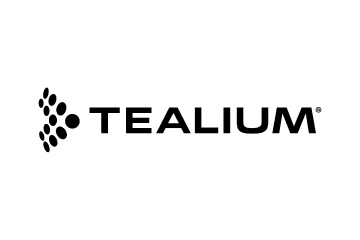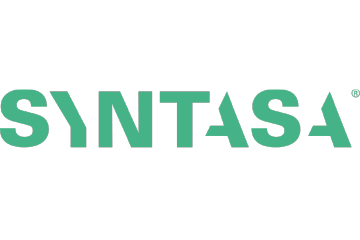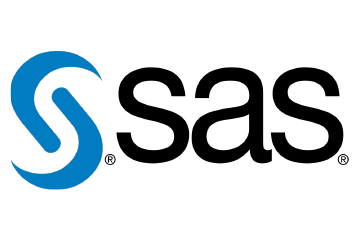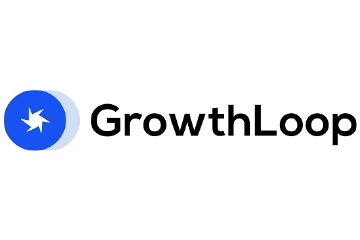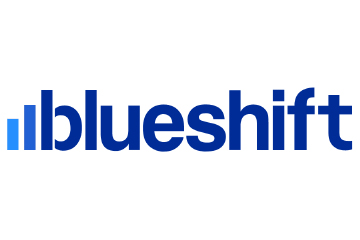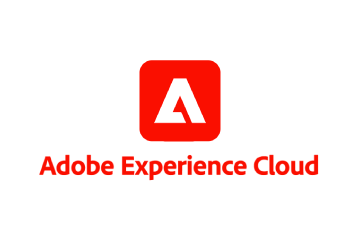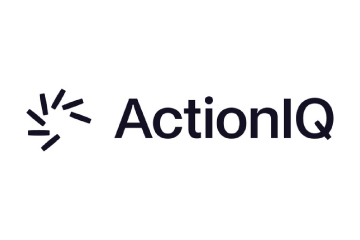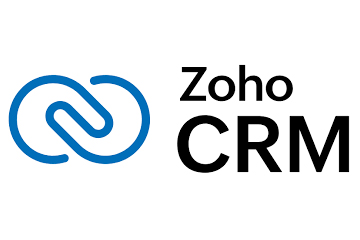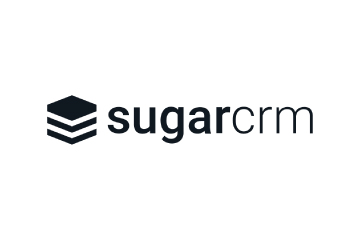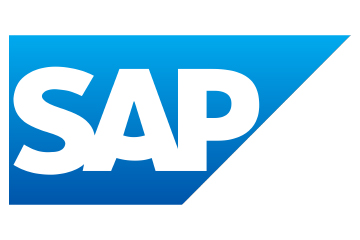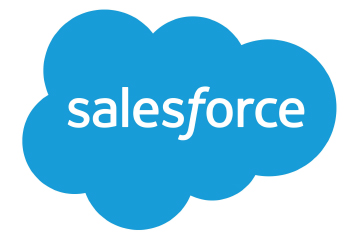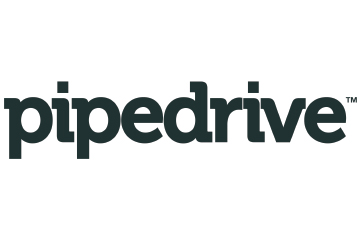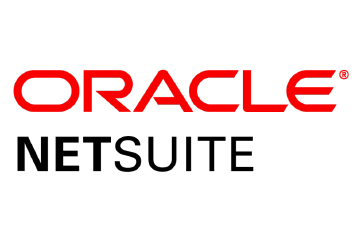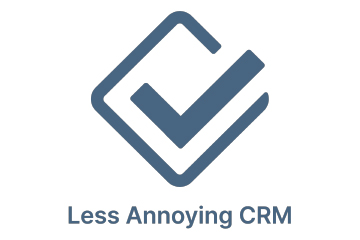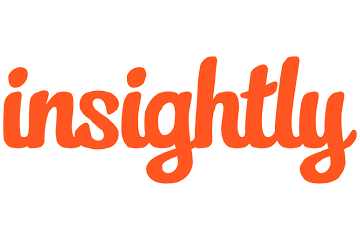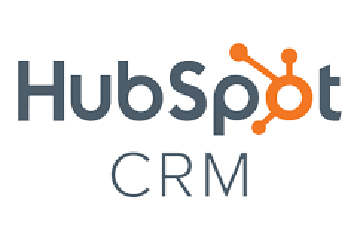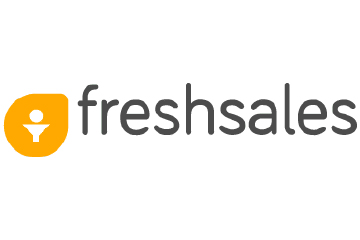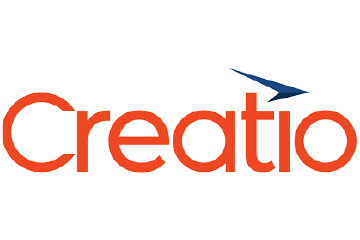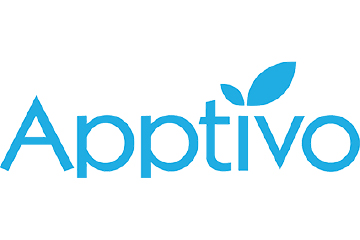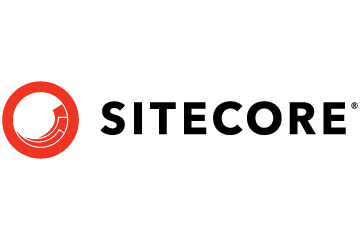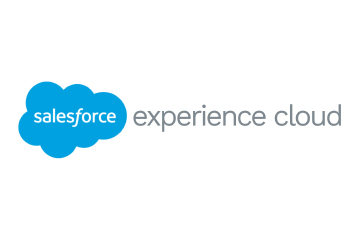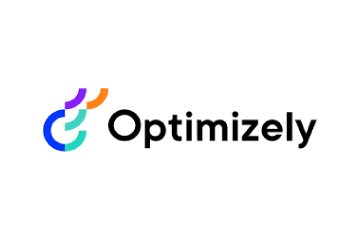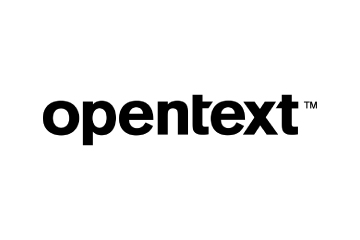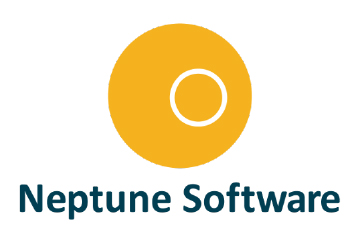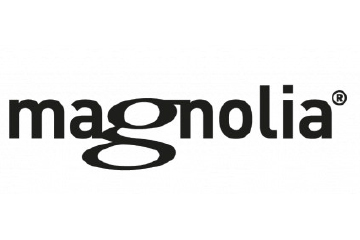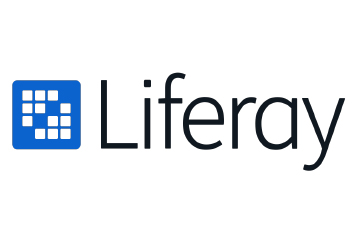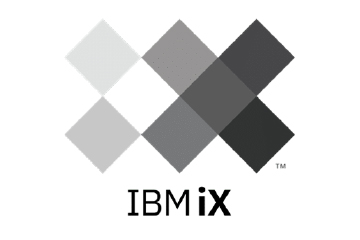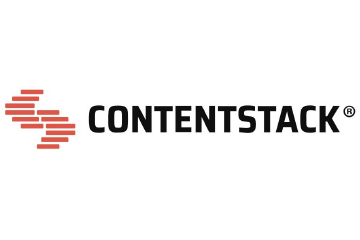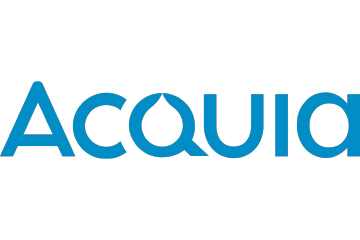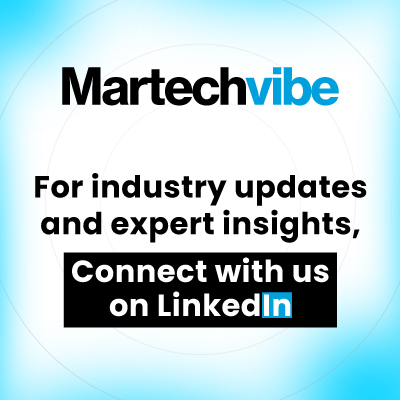“When we look at end-to-end personalisation, it requires not only robust data but also seamless, emotionally resonant delivery. This is where orchestration comes in, and it ensures creativity isn’t lost in the pursuit of efficiency.”
Structure Creates Space for Originality
One fear many creatives share is that AI-driven consistency will smother originality. Martins argues the opposite. “Originality needs time and freedom. Scale depends on structure, clarity, and speed. My team’s role is to make sure one doesn’t suffocate the other.”
By embedding consistency in workflows, agencies can actually free up bandwidth for experimentation. GALERIA runs multiple pilots in parallel, treating each as a live learning cycle.
With AI providing visibility and control, taking risks becomes less costly. “When consistency is embedded in the system, experimentation becomes safer and more viable,” Martins explains.
Braga reinforces that orchestration prevents homogenisation. Even when brands use the same generative tools, Adobe ensures differentiation by training AI models on brand-specific guidelines. “Every brand has its own digital fingerprint. Our tools don’t flatten creativity, they amplify a brand’s unique voice.”
What Orchestration Looks Like in Practice
Behind every seamless campaign is a tightly coordinated engine. Braga describes a modern orchestrated pipeline as “a fully integrated, end-to-end content supply chain, from briefing to final asset delivery across digital and physical channels.”
This includes centralised asset repositories, AI-driven tagging, automated versioning, real-time visibility into resources, and continuous feedback loops. The result: creative production that is not only faster, but smarter and performance-informed.
For Martins, orchestration is about stripping away friction so that creative energy stays where it belongs. “Automation helps us remove low-value tasks, making workflows fluid and scalable. When well-structured, automation becomes a lever for originality.”
Misconceptions Holding Agencies Back
The biggest pitfall is treating AI as a plug-in.
Martins is blunt: “The biggest misconception is thinking AI can be added into existing workflows without rethinking how those workflows were built in the first place.”
Legacy processes, siloed teams, and outdated platforms create friction. To harness AI’s full potential, agencies must redesign operations end-to-end, from how roles are defined to how campaigns are governed.
It’s not about automating yesterday’s system; it’s about building a new one for tomorrow’s demands.
From Automation to Orchestration
Braga calls this a paradigm shift: “This is reinvention. With AI as a creative co-pilot, organisations unlock a new operational model where creators focus on what matters most: ideation and storytelling.”
- Routine tasks are automated.
- Workflows are accelerated.
- Siloed technologies are unified into a cohesive ecosystem.
Most importantly, AI becomes a partner across the entire journey, guiding, learning, and feeding back insights to improve the next campaign.
The Bigger Picture
Agencies are under pressure. Clients want faster turnaround, hyper-personalisation, and measurable ROI, all without sacrificing originality.
According to Deloitte, 80% of CMOs now expect AI to transform their marketing operations by 2026. Yet only a fraction of agencies have redesigned their systems to make that possible.
The lesson from Martins and Braga is that success won’t come from layering more tools. It will come from treating orchestration as both a creative strategy and an operational backbone. Braga adds: “Efficiency is important, but orchestration is what ensures creativity thrives at scale.”
Together, their perspective reframes the debate: the future of agencies isn’t about faster output, but about building AI-orchestrated systems where scale fuels originality, not suffocates it.
ALSO READ: How LLMs Are Reshaping Marketing Strategy and Decision-Making
